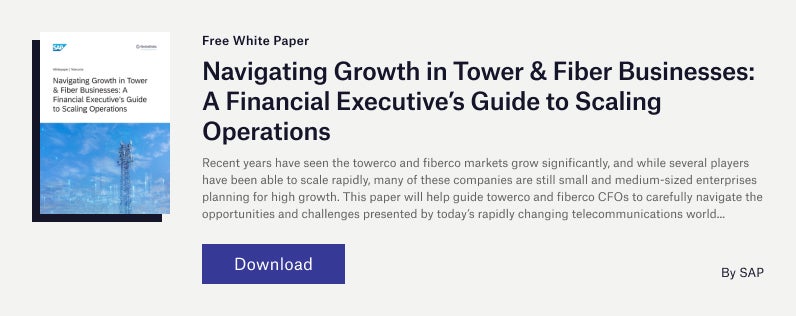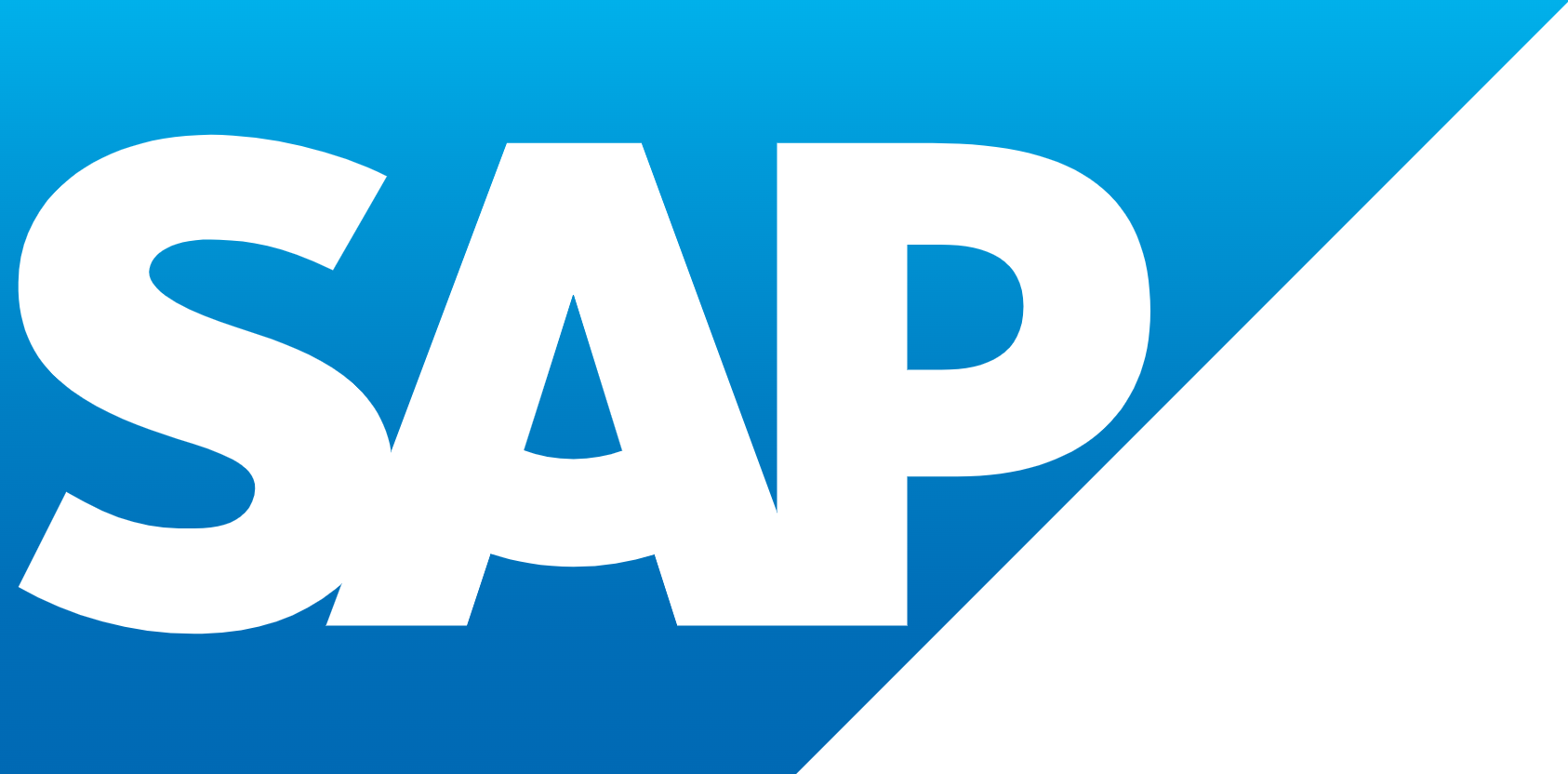
The global appetite for high-speed, reliable connectivity is on the rise. The transition from legacy copper networks to fiber-optic infrastructure is well underway, driven by private investment and government-backed initiatives. As a result, the fiber market is not only expanding but becoming an epicenter of transformation for telecommunications.
With fixed broadband revenue in Europe forecasted by GlobalData to rise from $75.9 billion in 2024 to $89.6 billion by 2029, the market is led by fiber-to-the-home/building (FTTH/B) technology, projected to account for 77.2% of total lines. Across the Americas, fiber adoption is similarly accelerating, with FTTH/B anticipated to overtake legacy cable infrastructure as the dominant broadband technology by 2025. This convergence of demand exemplifies a significant market shift: the fiberco model is now a linchpin for connectivity.

Access deeper industry intelligence
Experience unmatched clarity with a single platform that combines unique data, AI, and human expertise.

The key drivers of growth: From capex reduction to asset monetization
Two critical market dynamics have enabled the rise of fibercos—capital expenditure (capex) reduction and asset monetization. As traditional telecom operators face increasing infrastructure demands, offloading fiber assets to specialized fibercos has proven both strategic and profitable. By doing so, telcos can focus on service delivery while fibercos handle the complexities of network expansion.
Asset monetization further enhances the financial viability of the fiberco model by unlocking the value of existing infrastructure. Telcos convert capital-intensive fiber networks into liquid capital by transferring them to fibercos or selling stakes to investors. Fibercos, in turn, generate steady revenue streams through long-term leases and wholesale agreements.
In Europe, large-scale M&A activity is proof of this trend. For example, British fiberco Nextfibre was able to significantly boost its footprint in east England by acquiring fiber operator Upp, adding 175,000 premises to its network. Meanwhile, according to a recent industry playbook by AlixPartners, there are now almost 400–500 smaller fiber players ripe for consolidation in the Americas.
Similarly, partnerships between telcos reflect the growing desire for joint ventures. These collaborative models reduce risk, share rollout costs, and accelerate coverage, particularly in underserved areas where individual business cases may falter. AT&T and BlackRock’s Gigapower venture demonstrate the profitability of co-investing in fiber infrastructure, where economies of scale and streamlined operations become key enablers of growth.
Navigating the shift: Profitability in a high-cost environment
It has been an exciting few years for fibercos, but the days of “build-at-all-costs” are now giving way to a sharper focus on profitability. For medium-sized companies, this shift is as much about opportunity as it is about survival.
As highlighted in recent analysis, network rollouts often fail to deliver expected revenues. The reasons are clear—permitting delays, rising equipment costs, and the complexity of expanding infrastructure in underserved or geographically challenging regions. In fact, according to a survey of fiber executives by AlixPartners, nearly 60% cited financing and permitting as key barriers to deployment. For CFOs, these challenges stress the need for financial agility and actionable insights to streamline operations and maximize returns.
The telco industry is also grappling with customer adoption rates, which have yet to match the pace of deployment. While fiber’s technical superiority is widely acknowledged—offering symmetrical upload and download speeds up to 10 Gbps—consumer education remains a hurdle. Adoption in some regions has plateaued at around 12% according to AlixPartners, leaving vast amounts of deployed FTTH infrastructure underutilized. The gap between deployment and monetization has serious implications for businesses balancing growth with long-term financial stability.
Seizing opportunities in overlooked markets
While large-scale fibercos prioritise urban rollouts with stronger business cases, smaller players are thriving in regions left behind. European governments are backing initiatives to bring gigabit connectivity to rural and underserved areas—a move that aligns profitability with societal benefit. In the Americas, similar trends are emerging, particularly with programmes like the Rural Digital Opportunity Fund (RDOF) and Broadband Equity Access Deployment (BEAD) initiative.
This dynamic creates significant opportunities for mid-sized fibercos. These players—known for their agility and local expertise—can execute focused rollouts in areas where major players see limited returns. However, the ability to track rollout costs, forecast ROI, and maximize operational efficiencies is paramount to success in these niche markets.
Consolidation remains a defining feature of the market. Recent M&A trends in the Americas highlight a clear shift toward acquiring smaller players to expand footprints quickly. Larger firms are snapping up companies with established regional networks, leveraging their infrastructure to drive growth without the complexities of organic rollouts. For mid-sized fibercos, this presents both risk and opportunity: profitability becomes the ultimate bargaining chip in a market primed for consolidation.
The role of financial visibility
In an environment where the margin for error is narrowing, robust financial management tools are critical. Enterprise resource planning (ERP) systems are emerging as essential solutions for CFOs seeking to gain end-to-end visibility over operations.
By consolidating financial data, ERP systems allow CFOs to:
- Track rollout costs with precision: From permitting to labour and materials, understanding where capital is spent—and identifying inefficiencies—is crucial to driving profitability.
- Enhance decision-making with real-time insights: Medium-sized fibercos sometimes lack the financial transparency needed to pivot quickly. ERP solutions offer predictive analytics and actionable data, empowering CFOs to make faster, more informed decisions.
- Ensure scalability: As fibercos pursue growth, scalable financial systems become non-negotiable. ERP systems provide the agility needed to integrate new assets, streamline operations, and support rapid expansion.
The road ahead: From infrastructure to innovation
With demand for high-speed connectivity showing no signs of slowing, fibercos are uniquely positioned to drive digital transformation across regions. However, success will depend on a clear financial strategy—one that prioritises profitability, efficiency, and adaptability.
For CFOs, the challenge lies in balancing growth ambitions with operational control. As fiber rollouts continue, the focus must shift from sheer scale to measured, profitable expansion. Visibility over costs, agility in decision-making, and strategic partnerships will be the defining factors for growth fibercos navigating an increasingly competitive landscape.


